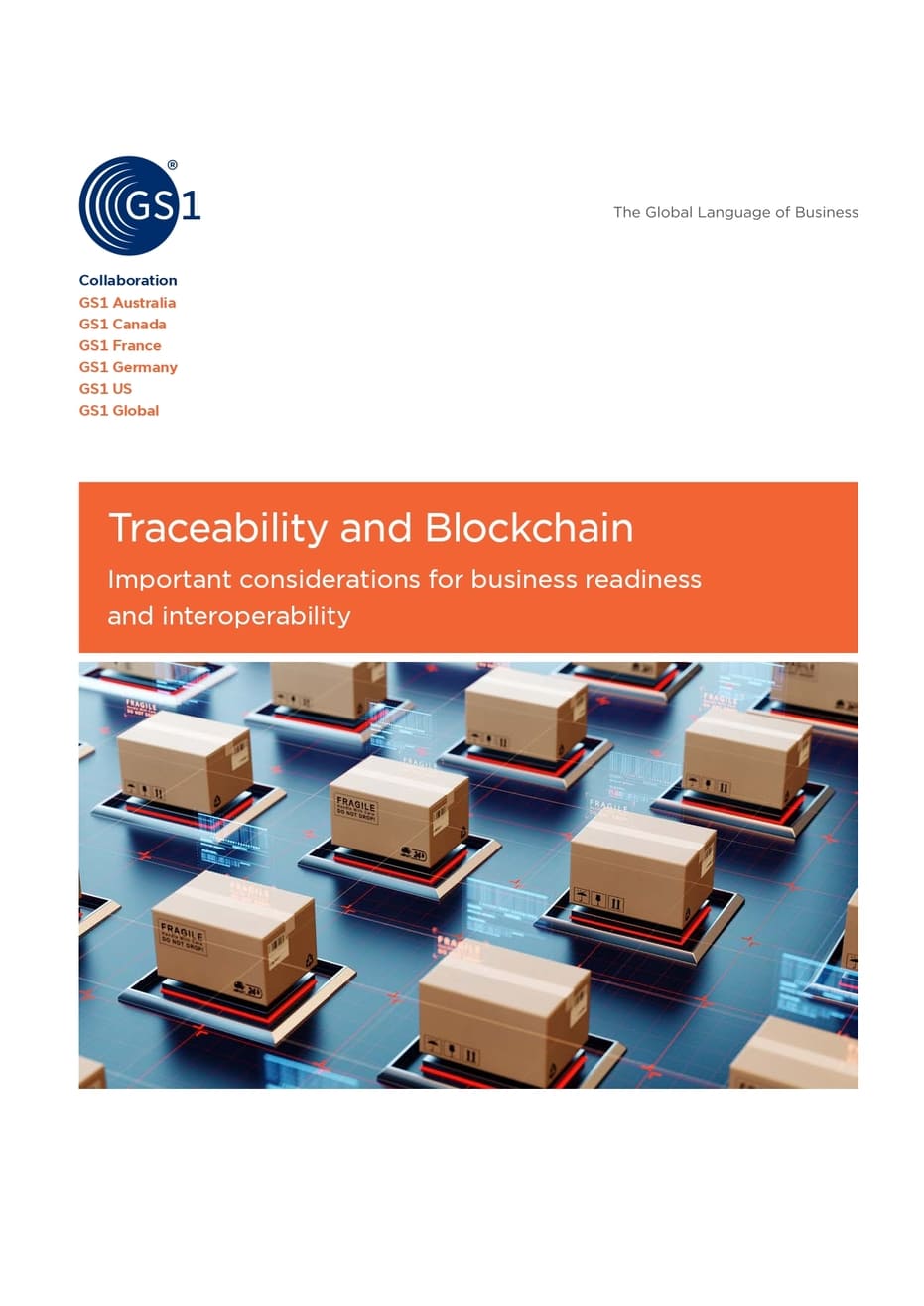Blockchain
Blockchain summary
The recent excitement around blockchain has renewed industry interest about the business value of data sharing, transparency, visibility and trust. Blockchains are shared databases (or indexes) of information about transactions and events. Storing traceability or event data about your supply chain or about your products, assets, services or “things” in a shared database is not a new concept. In fact, entire industries have been sharing such data with each other for years. Blockchain’s promise is to do this more efficiently with the network enabling cross-party trust relationships in new ways.
GS1 standards and blockchain
GS1’s global standards for identification and structured data enable blockchain network users to scale enterprise adoption and maintain a single, shared version of the truth about supply chain and logistics events—increasing data integrity and trust between parties, and reducing data duplication and reconciliation.
Data stored or referenced by blockchain networks can be structured for shared communications and interoperability through the use of standards. For example, the GS1 and ISO open standards of Electronic Product Code Information Services (EPCIS) and Core Business Vocabulary (CBV) enable standardised exchange of data and item-level tracking.










